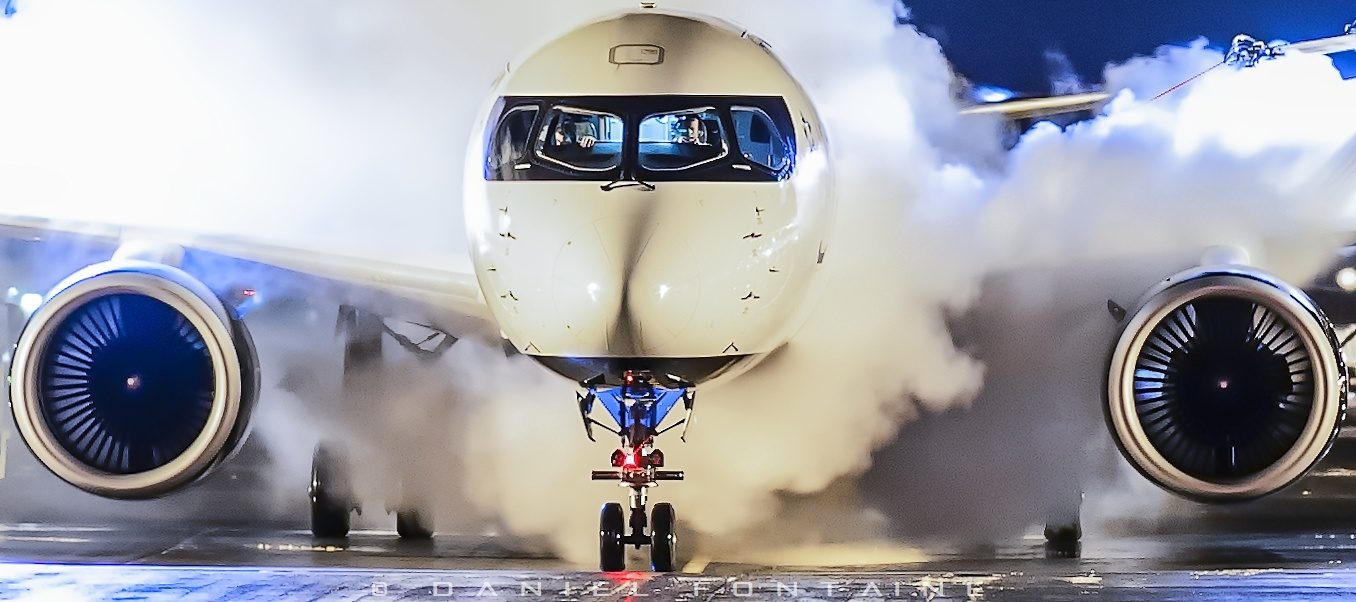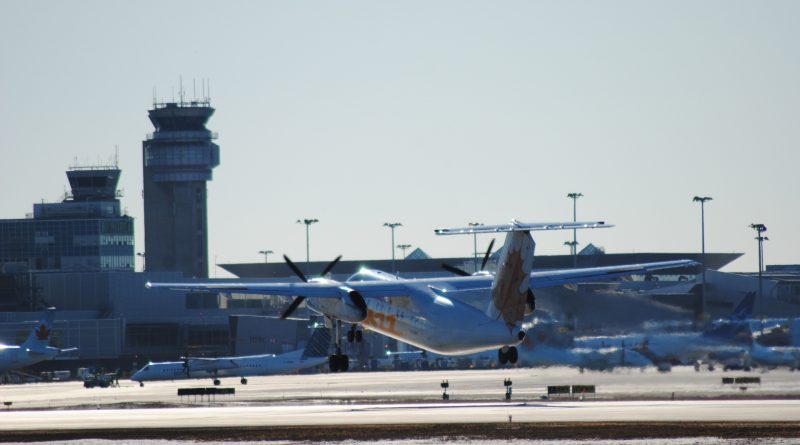Trip cost is the master metrics for 2020
Over the past 60 years, aviation has adopted two metrics to evaluate aircraft economic performance: cost per seat per available mile (or CASM) and the trip cost.
CASM
The CASM makes it possible to compare two planes of different sizes when they are used on the same route. With this measure it is possible to establish a cost price per seat. Since the price of the ticket is known, it then becomes easy to calculate the margin. It also allows to compare the efficiency between two types of aircraft that do not have the same number of seats. It is for these reasons that all the major airlines prefer to use this metrics. We can even say that this is the master metrics of the aviation industry.
But this method has its limits and if the occupancy rate is not high the data becomes useless. During an off-peak period, if the occupancy rate is 50% and lower, knowing the operating cost per seat does not establish profitability per ticket sold.
The trip cost
In contrast, the trip cost is more useful when traffic is low. This method lets you know how much it costs to operate a type of aircraft on a specific route. So if the plane is only 50% full, you just have to multiply the number of tickets sold and subtract the trip cost to find out the profitability. Regional air carriers use it more often; it’s because their occupancy rate is lower.
Using the trip cost is useful in times of uncertainty when future demand is uncertain. It then identifies the least expensive type of aircraft to operate if demand remains low. By choosing the cheapest aircraft to operate (lowest trip cost), airlines reduce risk regardless of occupancy.
The present situation
Since the beginning of March 2020, the demand for air transport has plunged into abysmal depths. All the major companies lose money on all the flights they operate. The flight occupancy rate will be 20% to 30% even after the drastic reductions announced.
For airlines, it is no longer a question of whether the flights will be loss-making. Rather, the question is how large will the lost be. In this context, measuring the cost per trip avoids the worst.
Old planes that consume a lot of fuel and require a lot of maintenance are the first to be removed. Then in the same aircraft family, the larger versions will also be removed. As an example in the A320 family, the A320 and the A321 should be removed before the A319.
The planes that will keep on flying
In the wide body segement, the B787-8 becomes an obvious choice for a company that has it, otherwise the B787-9 is an option. The A330-200 is the first choice only if an airline does not have a B787-8.
However, there is an exception for long-haul flights when airlines are required to cargo flight only. Then choosing the plane that offers the largest payload of cargo in the belly is the way. The B777 then becomes an obvious choice, but only few of them will be flying.
For the single aisles, the B737 NG and A319 will be popular. The B737-800NG, B737-900NG, A320ceo and A321ceo and A321neo will be temporarily discounted. Airlines will choose the A320neo over the A319ceo. It goes without saying that the A220s are an excellent choice too, but their small number in service is an obstacle.
Old planes
All aircraft type that are no longer in production and that are ageed will be permanently withdrawn from service. This is the case for the A310, A340, B747-400, B757, B767 and the MD-80. There remains a small questioning on the B717 which are not very old, they could be back.
The A380 was a difficult aircraft to make profitable, only a few routes had sufficient volume before the crisis. Its future remains uncertain while demand will be weak for several years to come. Emirates Airways, which has 115, will test the will the patience of its State which supports it.
Conclusion
For nearly 60 years, CASM has been the master metrics of aviation. But in 2020, it will be dethroned by its sister which is the trip cost. And who knows, maybe in 2021 it will still be the year of the trip cost metrics.
>>> Follow us on Facebook and Twitter

